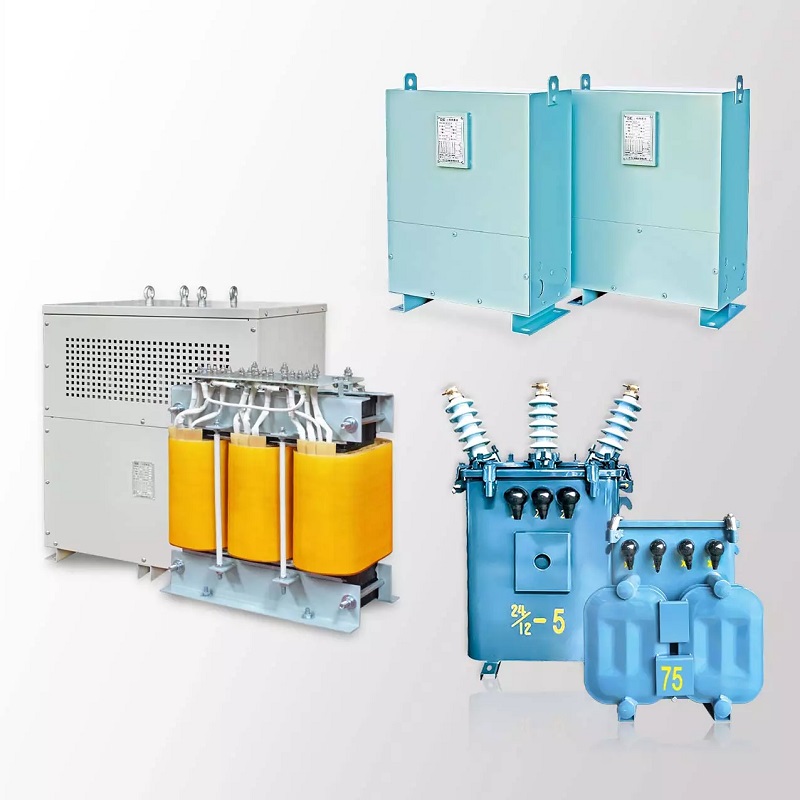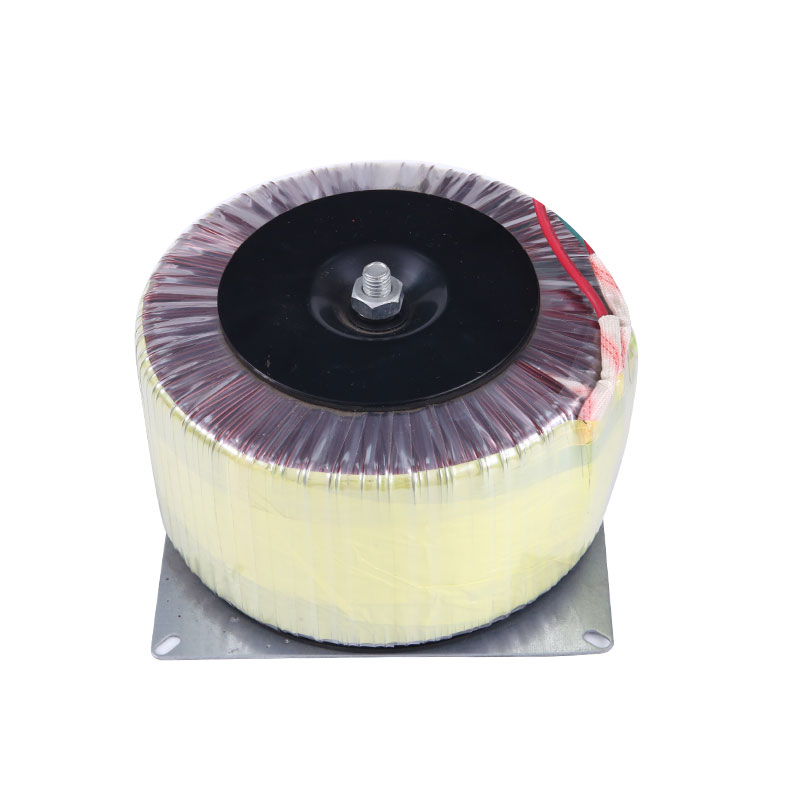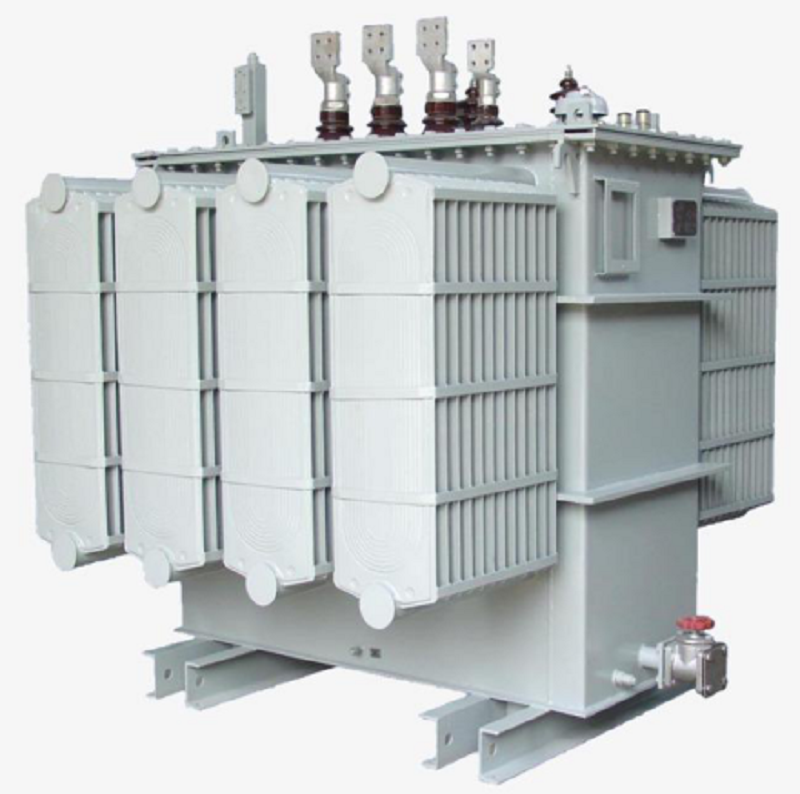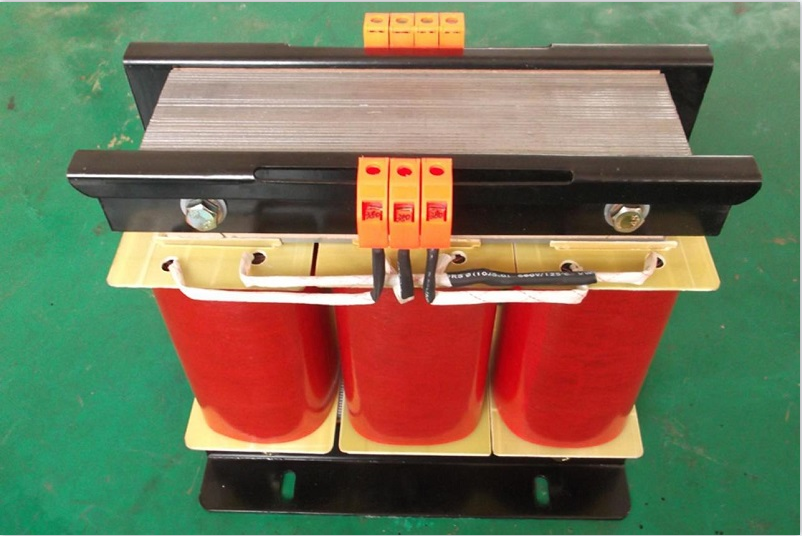
There are various types of transformers to achieve different purposes and adapt to different working conditions according to their functions, and several phases. Voltage regulation, the number of coils, insulation and cooling method, core structure, capacity, neutral point insulation method, etc. to classify.
1 Classified by function
Transformers can be divided into ordinary power transformers (such as distribution transformers, transmission cross-voltage, etc.) and special transformers (such as test transformers, electric furnace transformers, rectifier transformers, welding cross-voltage, all kinds of regulators, etc.) by function.
2 Classified by a number of phases
Transformers can be divided into single-phase transformers, three-phase transformers, and multi-phase transformers (such as six-phase rectifiers with transformers) according to the number of phases. Most of the power transformers used in our power system are three-phase transformers.

3 Classified by pressure regulating method
Transformers can be divided into non-load regulating transformers and on-load regulating transformers according to the regulating mode. The no-load regulating transformer must be in the case of a power outage to switch the tap, the regulating device structure is relatively simple. On-load regulating transformers can be switched in the case of non-stop tap, the regulating device structure is relatively complex, and high costs and the requirements for maintenance and repair are also higher.
4 Classified by the number of coils
Transformers can be divided into double-coil transformers, three-coil transformers, autotransformers, and multi-coil crossover transformers according to the number of coils. In recent years, three-coil transformers have been increasingly used in power systems, mostly for applications requiring three different voltage levels. Using one three-winding transformer than using two double-coil transformers can save materials and floor space, reduce ancillary equipment, improve operating efficiency, and facilitate maintenance.

5 Classification by insulation and cooling method
Transformers can be divided into oil-immersed, dry-type, and gas-insulated types according to the insulation and cooling method. Among them, there are oil-immersed transformers and oil-immersed self-cooling types. Oil-immersed air-cooled type. Oil-immersed water-cooled type and forced oil circulation cooling type, etc. Since oil-immersed power transformers have the advantages of good heat dissipation, low loss, large capacity, low price, etc., they are widely used.
6 Classified by core structure
Transformers can be divided into core-type transformers and shell-type transformers according to the core structure.

7 Classified by capacity size
Transformers can be divided into small transformers (10~630kVA), medium transformers (800-6300kVA), large transformers (8000~63000kVA), very large transformers (more than 90000kVA) according to the size of capacity.
8 Classified by neutral insulation method
Transformers can be divided into fully insulated transformers and graded insulation transformers according to the neutral insulation method.

What is duplex stainless steel and why so many person are concerned of S32001 duplex ?
2022-07-18316L stainless steel pipe surface of AP, MP, BA, EP level
2023-09-26Application of stainless steel in various industries
2021-05-20Magnetic Flux Density Optimization in Transformer Core Design
2024-11-25Motor core stress relief annealing technology innovation
2024-07-12How About Stainless Steel Linear Drainage Ditch Customization?
2022-09-01






